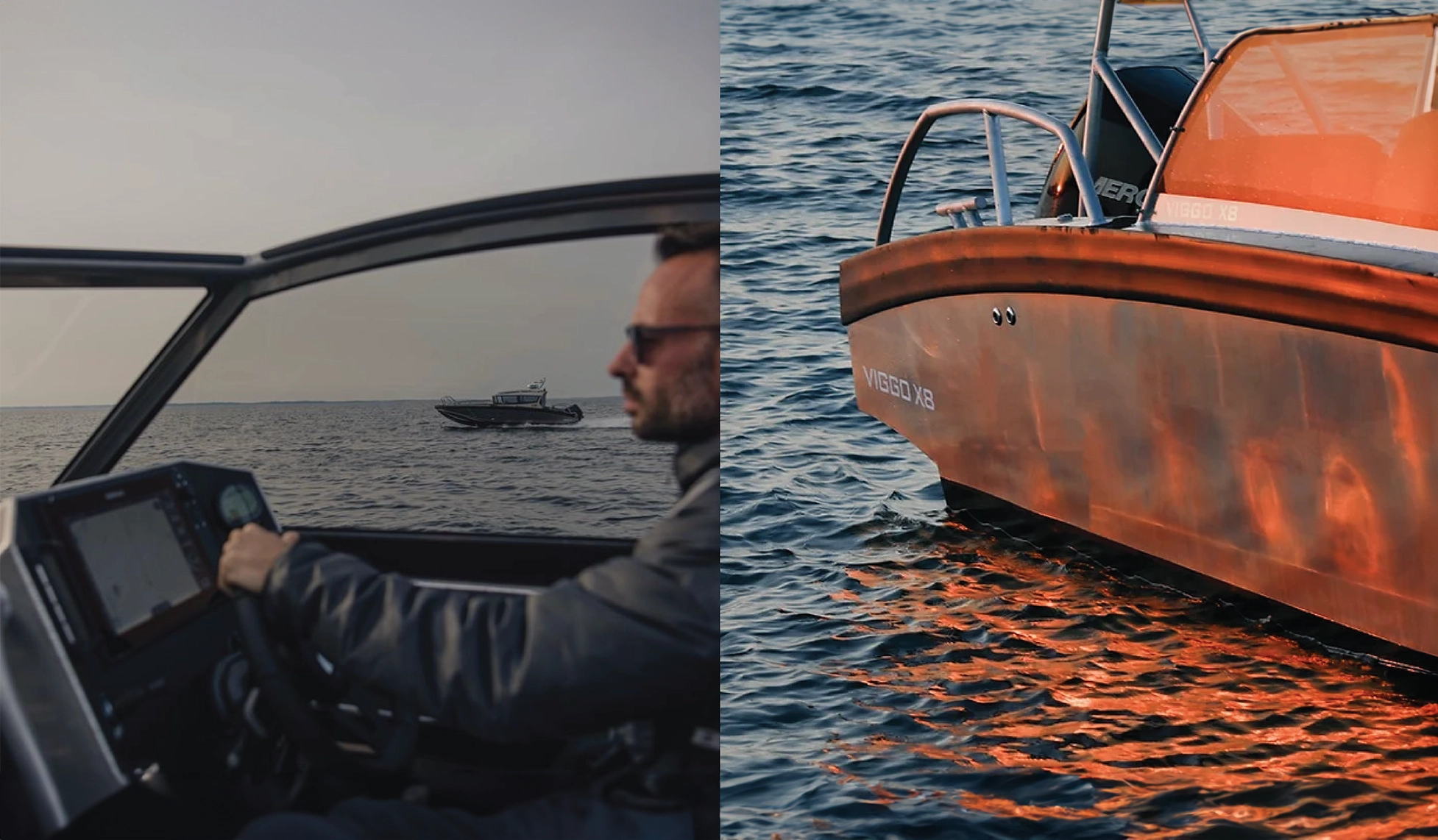
In conversation with Viggo Boats
In this interview we speak with Douglas Matton, Production & Brand Manager at Viggo Boats, to learn more about the CMF (Colour, Material, Finish), and tech product choices onboard alongside future thinking of the marine industry.
Viggo Boats is a Swedish company known for designing sleek aluminum boats, fit for any weather, with function and form as key players these boats are designed for any weather and speed.
Let's set the scene of Viggo Boats, a mini backstory:
Based on an old shipyard, Viggo Boats has a long history associated with this location. Jump back to 1985 and it was one of the biggest shipyards, employing 150+ people to construct big commercial boats, all made from Aluminium. The catalyst of change came when dwindling orders caused the former company to go bankrupt. A couple of other former employees started to think about the idea of building a leisure boat in aluminum with commercial standards, HP boats.
The people who were left here started a small-scale business model. They combined the thinking of building commercial Aluminium boats, but for smaller leisure boats, keeping the quality and material - Aluminium-centric. (Douglas. Matton. 2024).
The electrical system was adapted, along with the design, keeping the high standards for commercial into leisure. After 1998, the shipyard owner changed and changed the name of the boats to Anytec, which built Aluminium boats on the yard until 2012. 2013 came around and Viggo boats started it´s journey, X8 was the first boat to hit the market, the C8 came after with the cabin, and 2020 the C10 was revealed.
What does Viggo Boats as a brand represent?
To answer your question, every element has an origin in the way the commercial boats were built. Alongside modern updates. The backbone of the design is that our boats should be really good boats for driving, really safe, it is more of a commuting boat, fast, safe, and with a good fuel economy!
Material choice, could you explain why Viggo Boats use Aluminium as the main construction material, compared to the classic GPR you see on so many other boats?
You have many benefits compared to GRP, the only thing to note is that it takes much longer to manufacture. Every boat is hand-built, some brands have put a lot of time and effort into robots to weld the boats – but there are still elements where hand welding is needed.
It takes many hours to build the boat, but it will last much longer than a GRP boat. You can drive it in every weather. Here in Sweden, the boat can handle the ice, not one to break ice with, but it can handle being in the water with ice in, you don’t need to be shy if you want to beach the boat either.
The overall form of Viggo Boats is a lot more angled, you could say an honest design, such as the exposed welding, compared to the classic white boat. Could you explain the design direction behind this?
The Sustainability of the material is starting to become a big topic in the marine industry. Aluminium lends well to being made light, it’s hard to match it against GRP boats or carbon fiber. Compared to a glass fiber GRP boat you can have a similar weight, but the Aluminium will hold a lot longer.
“Many people like the feeling and look of the rugged look of our boats. A lot of people feel comfortable when driving it and inside it, compared to a ‘white boat’.”
The exposed welding is intentional through design, we want to show it for the longer term. As you can easily inspect the boat, if there is a tear you can start to see it straight away. There is also the pride of the boat builder to show that they are doing nice clean welds, people like to see these raw welds. When you start to grind the boats and paint them, you can start to feel like they are hiding something. Both design and construction reasons as to why the welds are exposed. Sometimes there can be a customer demand for painting the boat and then you need to do it of course!
What is the process behind your normal selection of products?
First of all, we are looking at all different products, if we see that there's room for the next evolution, we have to look at the production specification. Is it adaptable to the boat or not?
The next point is, who can we get it from? Are they a small manufacturer or a large one? There are lots of considerations to look at. We always mount new equipment on the boat and use it for at least 1 season to see how it will work before we put it into production.
From a user’s point of view, why do you have Scanstrut products on board?
From the start, we had the Rokk Wireless Active, (the Scanstrut 10W wireless phone charger). There was nothing comparable on the market, that would charge as good.
It held the phone in place, our boats are made to be driven in rough conditions, and we can very fast, 60 knots, so having a phone mount that continually performs no matter the conditions or speed is key.
We then moved on to installing the Scanstrut USB. outlets onto our boats, it feels like they are aligning with the aesthetics of our boats and products. To have tech products that can be used in rough conditions, in the environment, and can hold for that also.
Why is mobile tech onboard an important element of boating?
So today everyone can’t live without their phones, you need to have something like the phone holder with the charging in the back, sitting and you know where it is. It would otherwise be doing something stupid, like stuck in the key.
You know where it sits, you can use it at the same time. On our boats we mount them high up, next to the MFD – our chart plotters.
So, you can have control over it if you want, then some people will use it as a chart plotter, or as an app for additional info. And of course, it is also a security reason, to be able to contact anyone.
Could you define your target market? Is it Leisure or commercial or a mix of both?
We don’t have any commercial customers at Viggo Boats, we have a few real estate brokers, but for the main part, we design and manufacture for the leisure market. Our biggest market here in Sweden is for going from A to B. Going to their summer place or out to the cabin, any time of the year in any weather.
Future thinking, what are your thoughts on the future of the marine industry, for both Viggo Boats and the wider marine industry?
I think we know that there will be more electrical propulsion. Many brands are using foils. The C11 will have electrical propulsion as an option. We are giving our idea of how this can be, it’s a little different to other brands, so we will see when launched if it works as we want it. In Sweden, there is talk of putting up superchargers for mariners. Then there's the question of should all engines all be replaced by electrical or other fuels. Another element is the price, for electrical propulsion it is so much higher, so for the normal family too high to justify changing and if it is worth it for the high costs.
For leisure boats, it will take a longer amount of time. The rich can buy it, but for the bigger market, it’s still going to take a couple of years before we are there. Another element is the batteries are not as effective, so you need to bring an extra – so more weight in the boats.
Part of it will be convincing commercial traffic, that they have higher demands, where they will need to replace with electrical or Hydrogen.
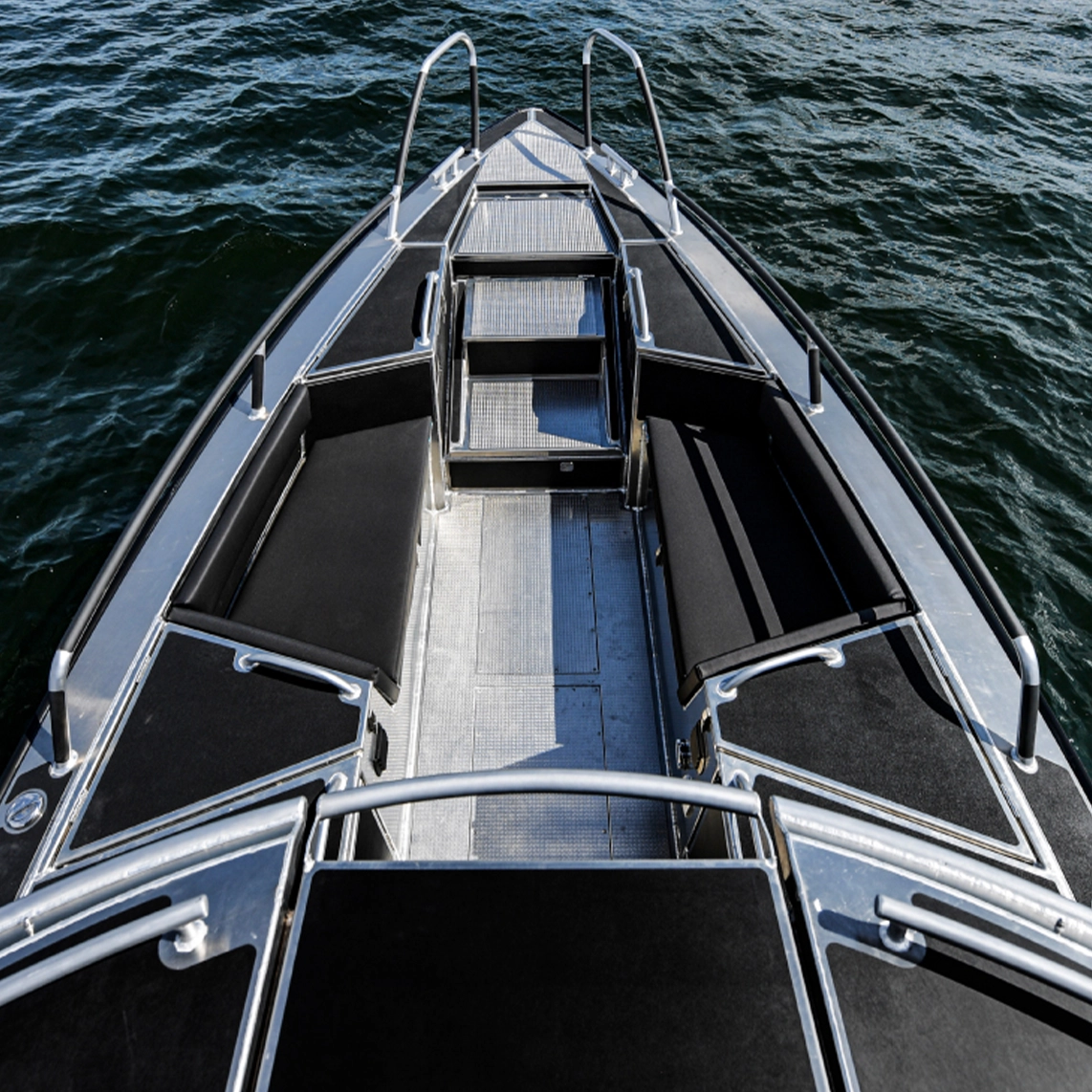
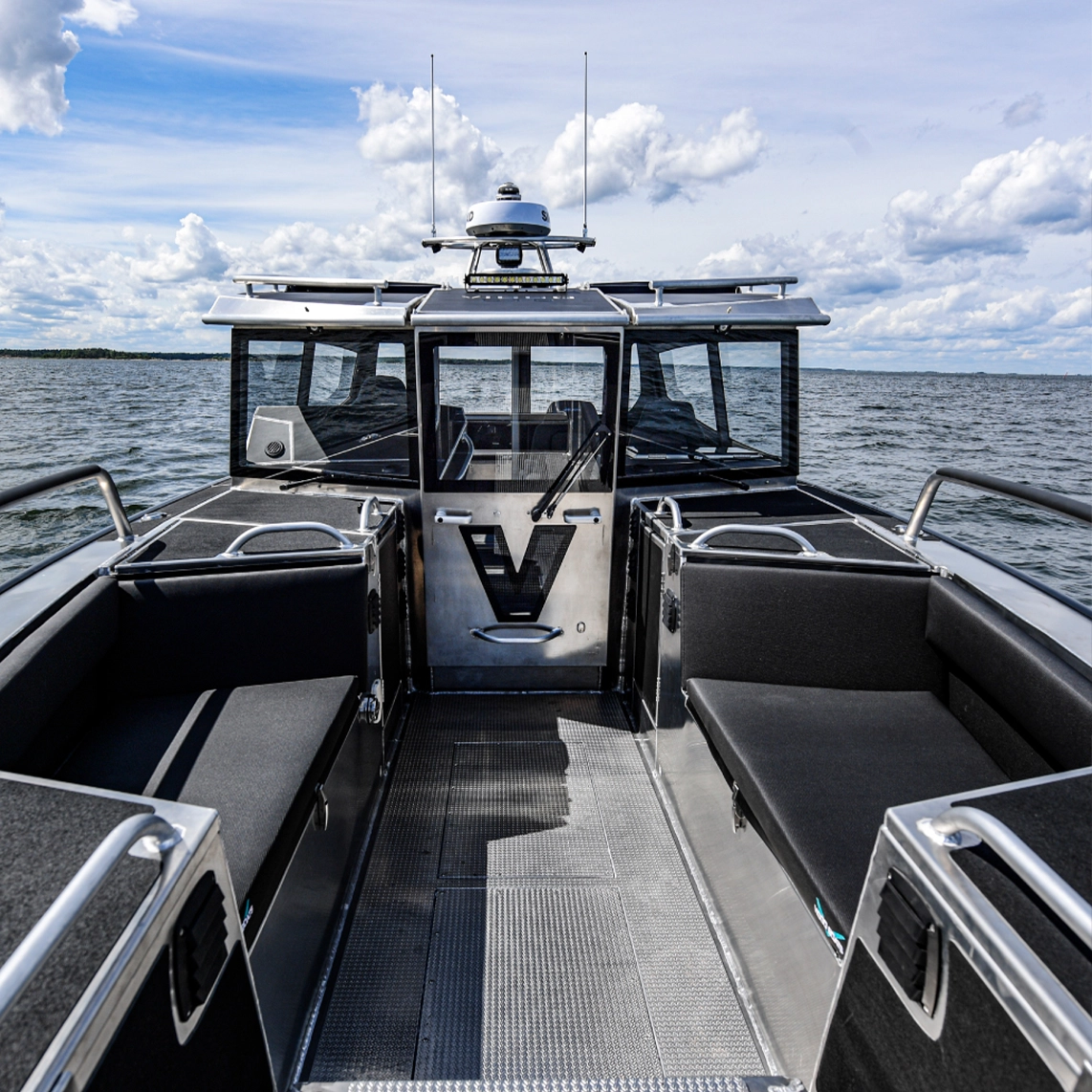
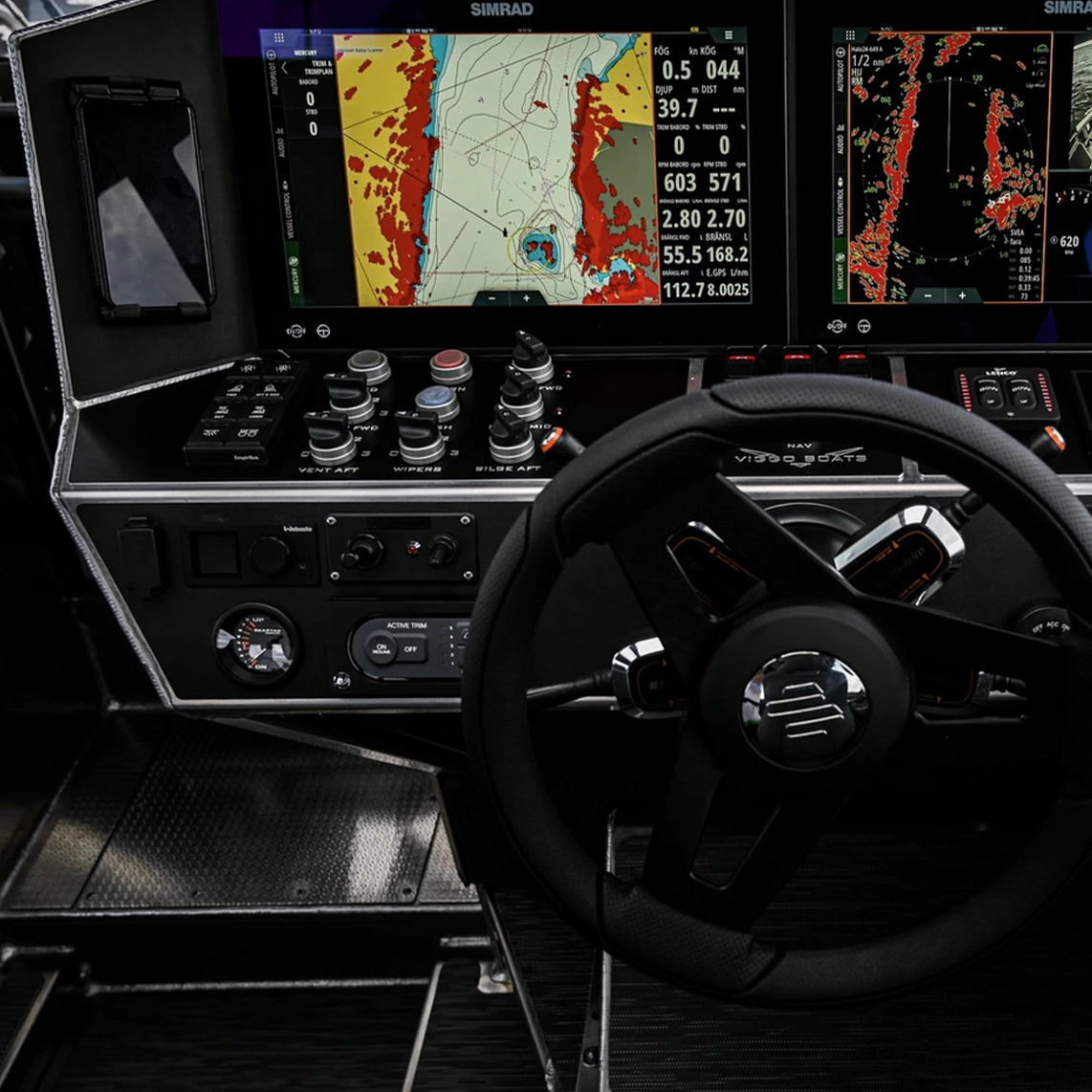
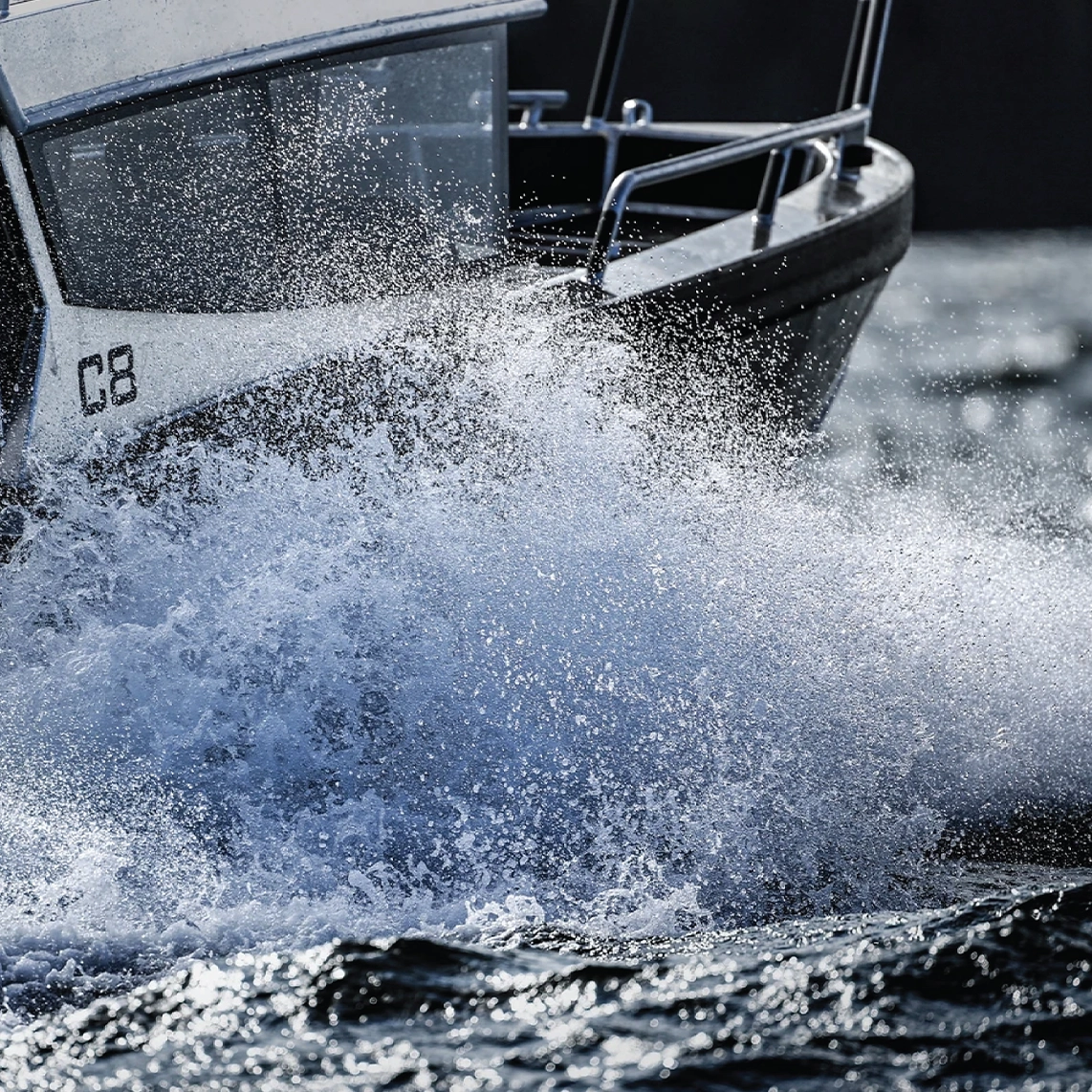
Similar Articles
 2 mins
2 mins Niftylift - Retrofitting to Modernize
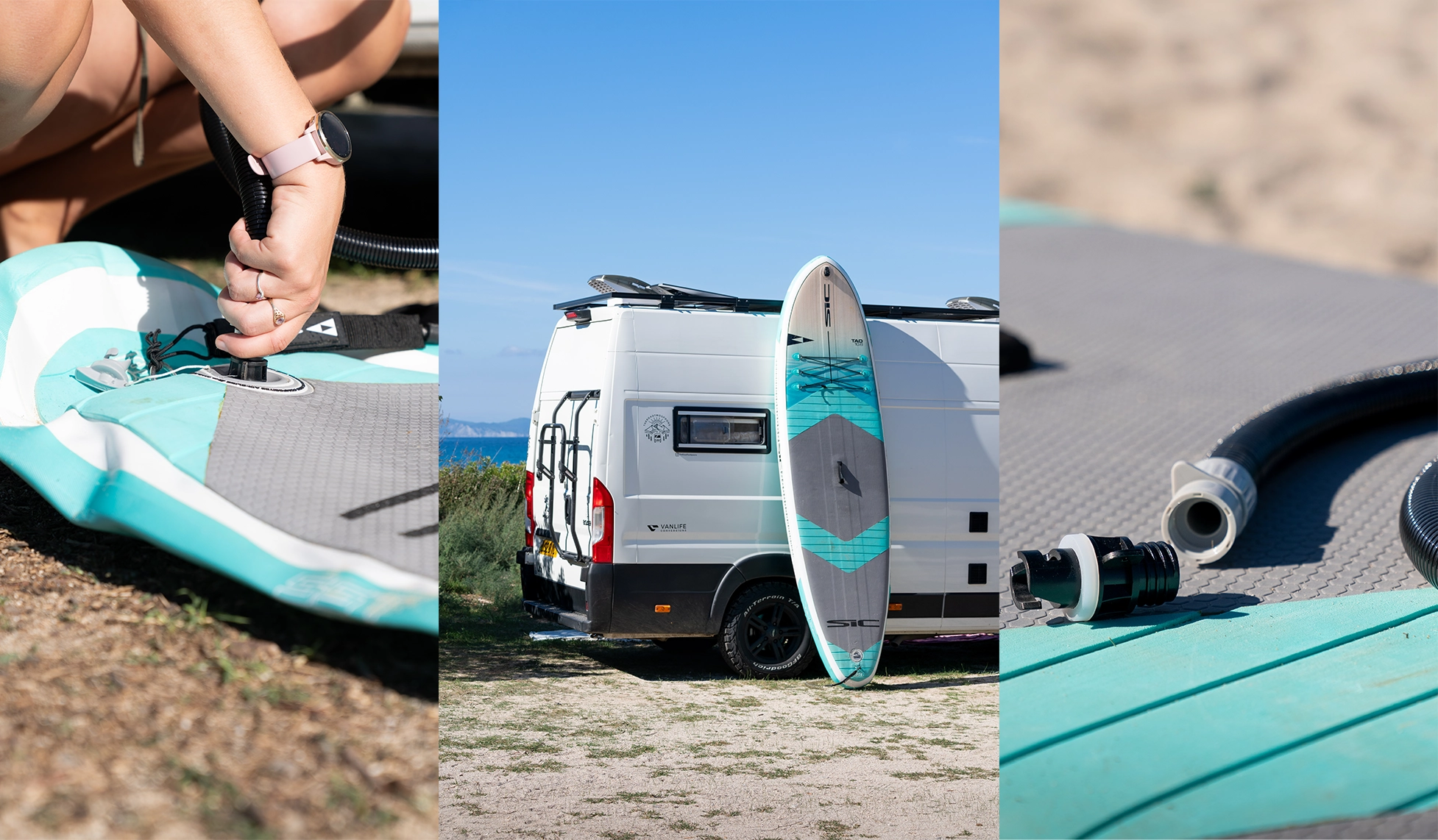 3 mins
3 mins The ultimate Vanlife Game-Changer
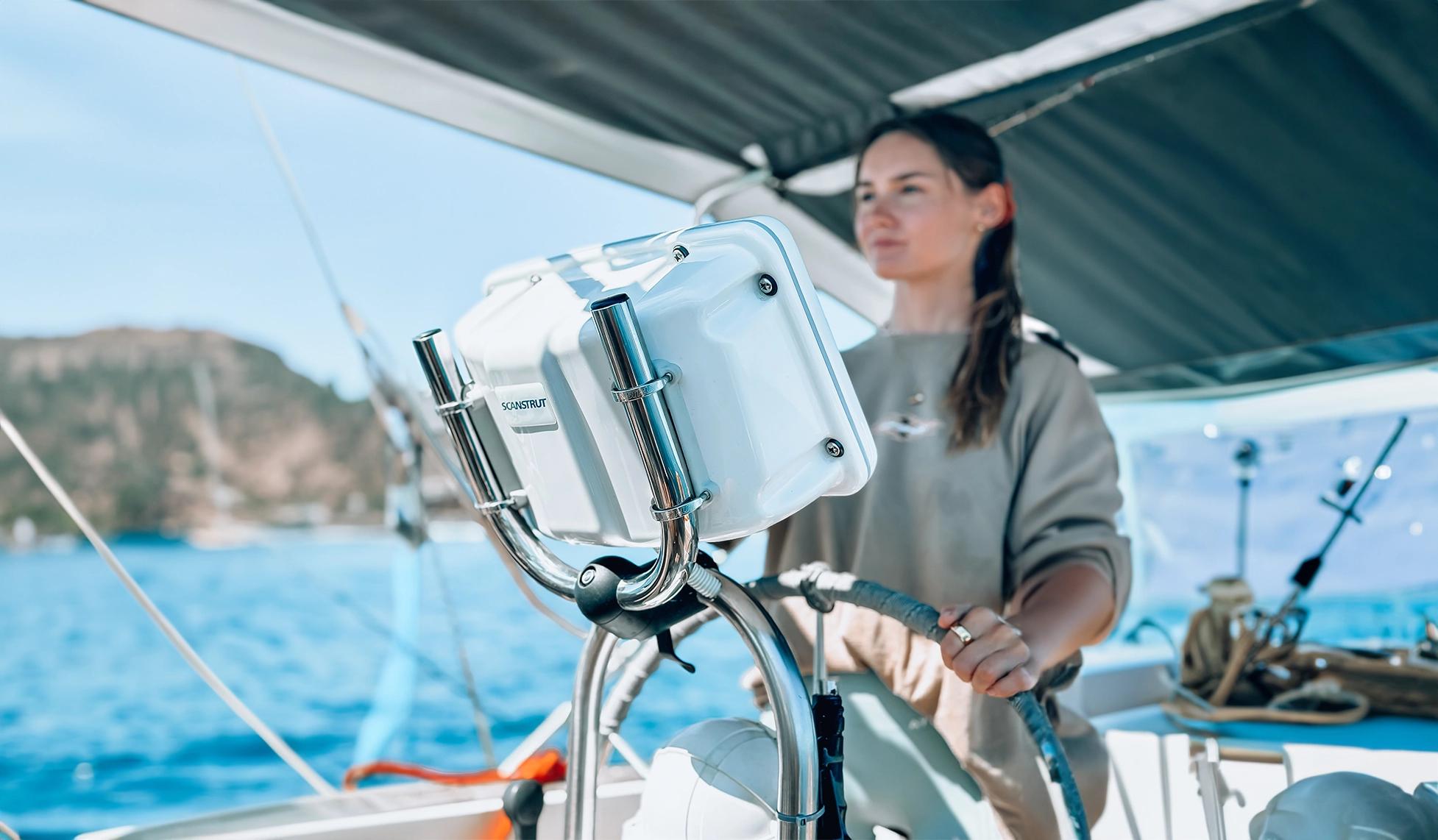 3 mins
3 mins In conversation with Teulu Tribe
We catch-up with TeuluTribe, aka, Becka and Zach, to hear their intro to sailing and... Read more
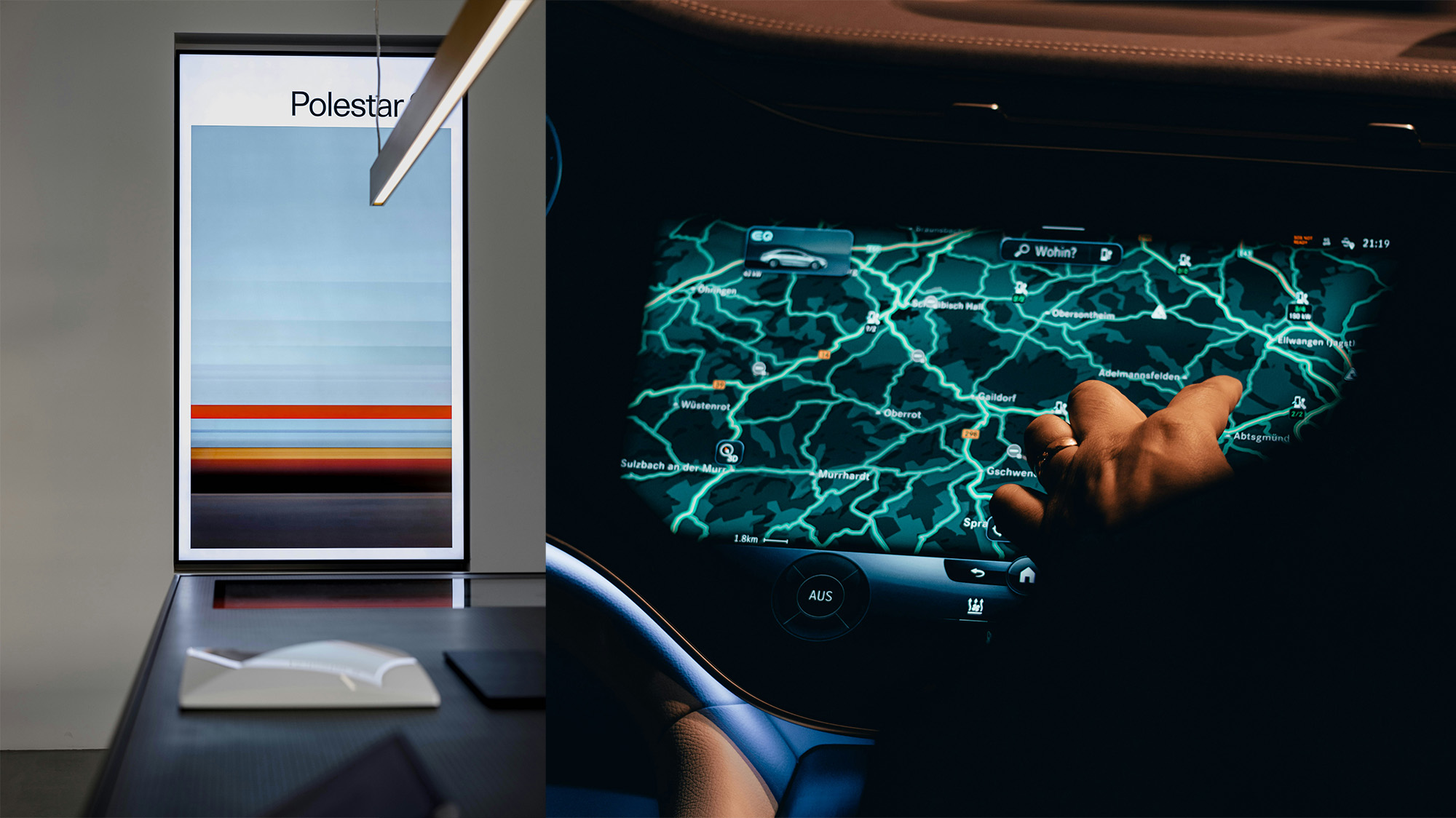 3 mins
3 mins Key Trends Shaping 2025
2025 has brought together several key trends across industries,... Read more
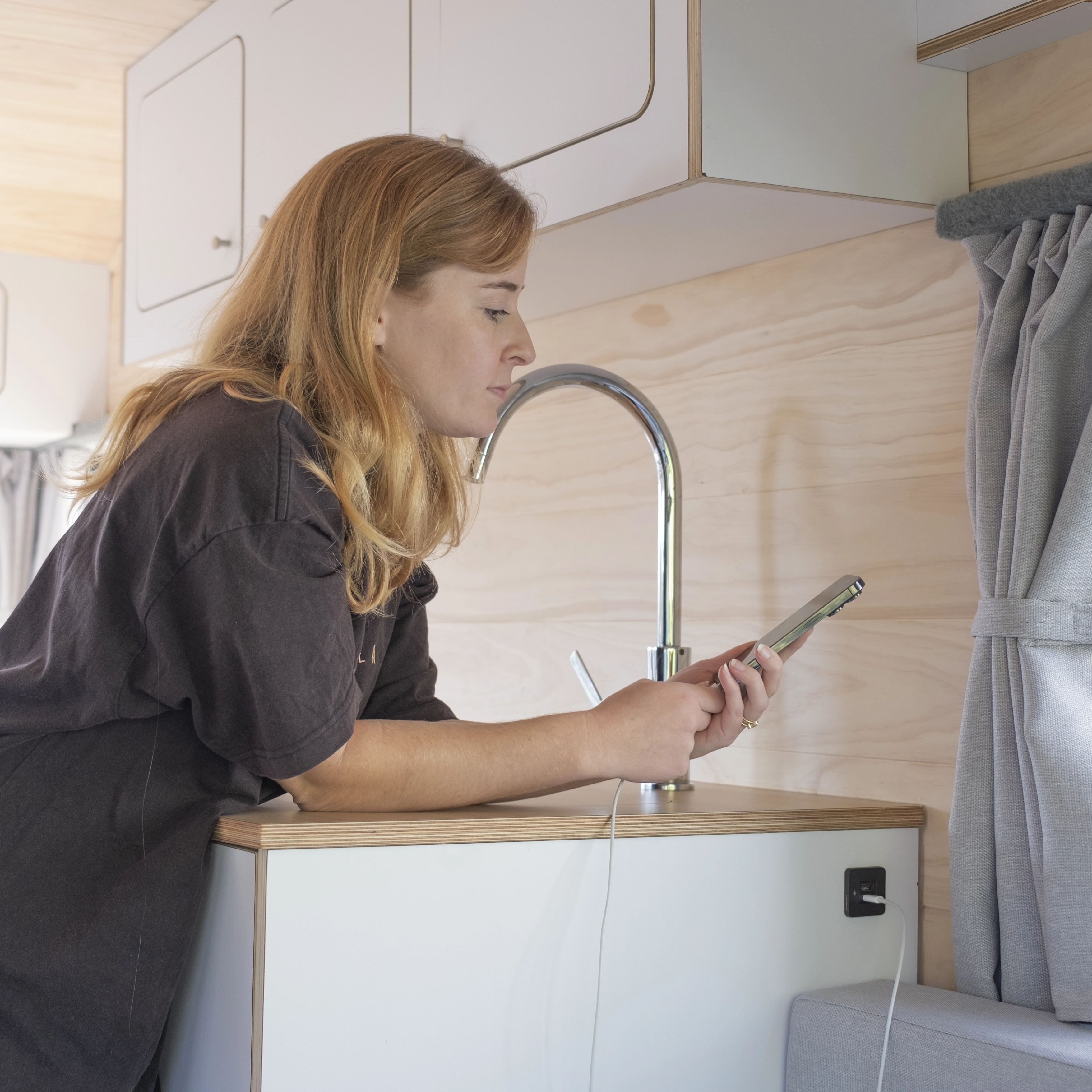 3 mins
3 mins The Top Van Design Considerations...
 2 mins
2 mins ABA Select Scanstrut
American Boatbuilders Association choose Scanstrut to be the USB &... Read more
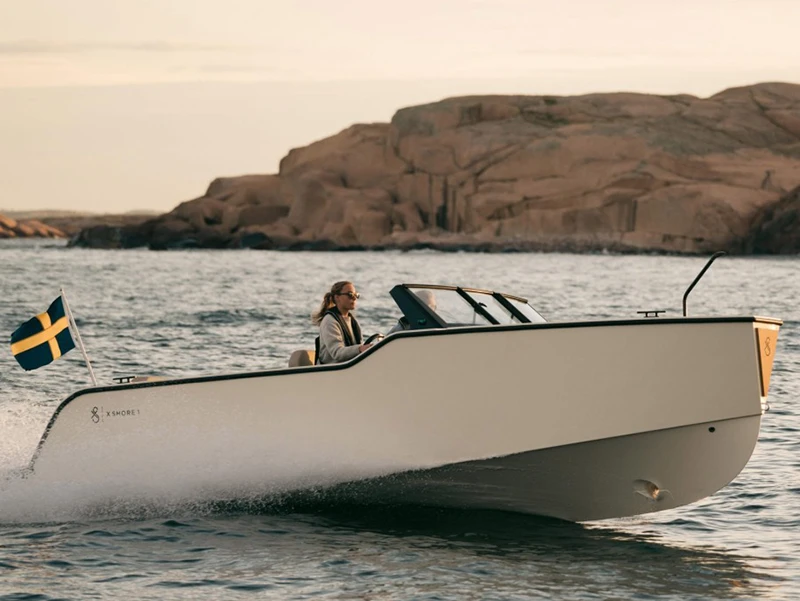 3 mins
3 mins 4 trends we saw at boot Düsseldorf
 9 mins
9 mins The best way to mount a radar on...
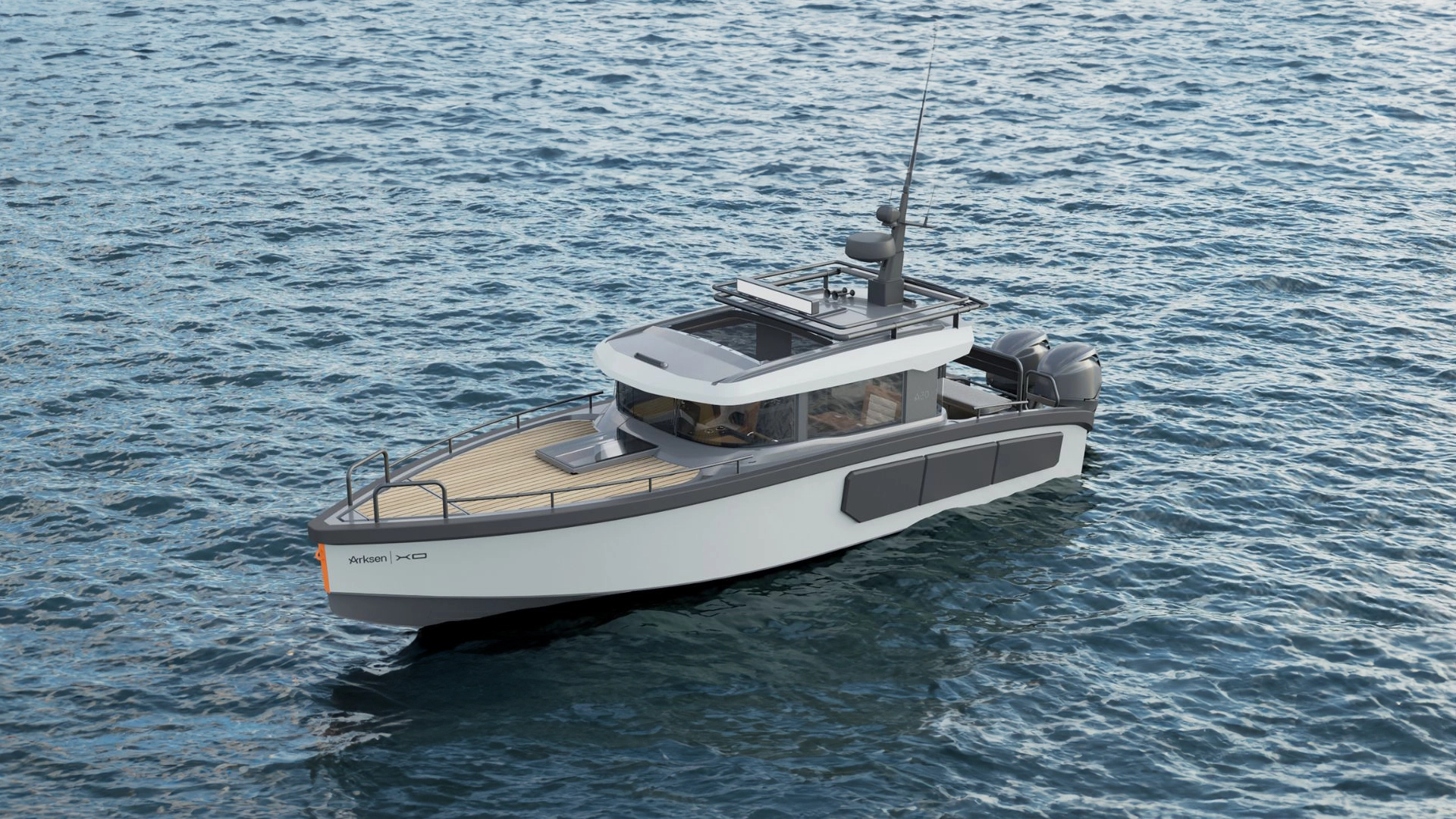 1 min
1 min Arksen selects Scanstrut as onboard...
Design
Innovation
Partner
Sustainable
Quality